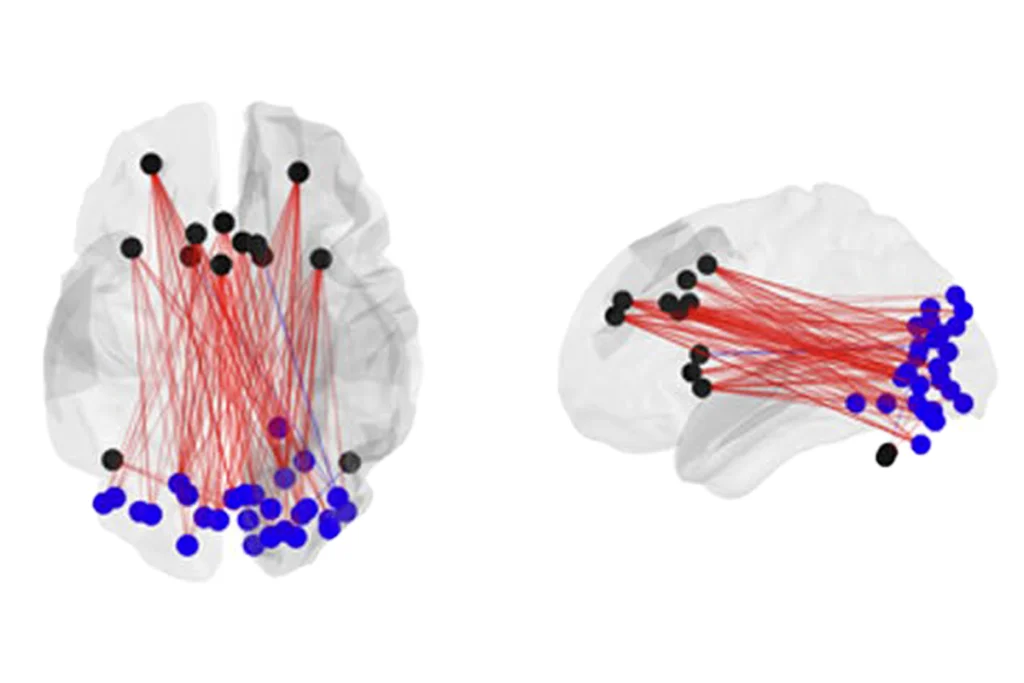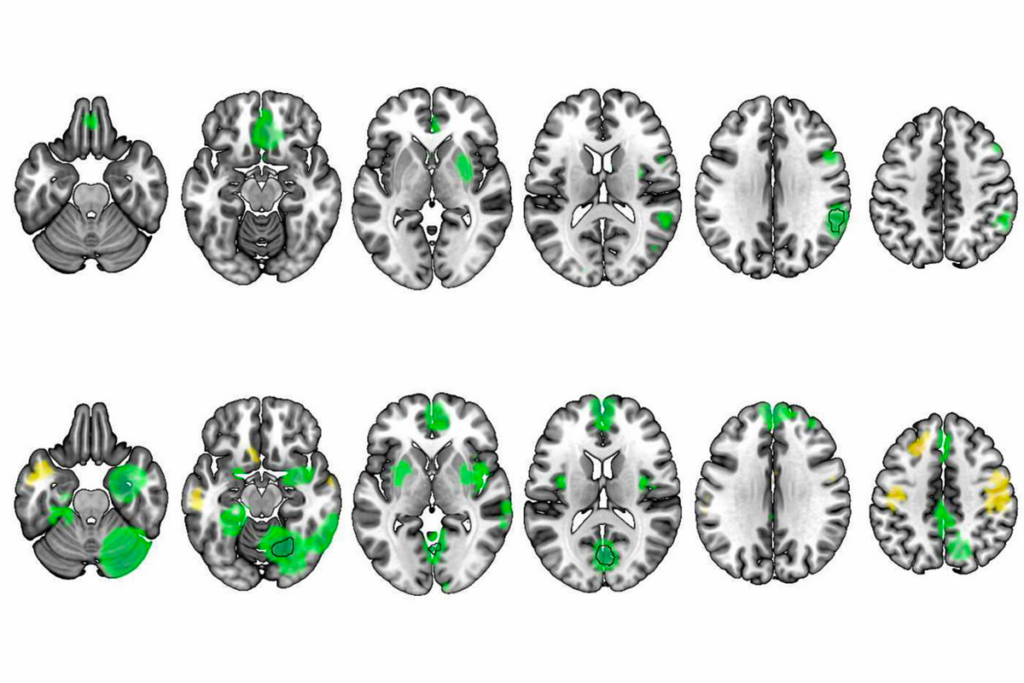Massive atlas maps protein expression from head to toe
A new resource maps the expression of nearly 17,000 proteins in a range of tissues throughout the human body.
A new atlas charts the expression of nearly 17,000 proteins in a range of tissues throughout the human body. The online resource, described 23 January in Science, details how proteins implicated in autism appear in the brain and beyond1.
Researchers used 24,028 antibodies to probe the protein makeup of 44 tissues representing all major human organs. The antibodies recognize an estimated 90 percent of all known proteins, including those within cells and studding their surfaces, as well as secreted proteins in the surrounding space.
Roughly 44 percent of proteins are expressed in all tissue types. These include proteins involved in metabolism, DNA replication and a host of other functions vital to the normal function of cells — known together as ‘housekeeping’ proteins. Proteins encoded by several autism-linked genes, such as ADARB1 and PXDN, fall into this category.
About 12 percent of proteins are expressed throughout the body but are particularly enriched in one tissue type. The brain has 318 of these ‘enriched’ proteins, including TBR1, which is mutated in some people with autism. However, the researchers analyzed only the cerebral cortex — the brain’s outer layer — and say a broader analysis of specialized brain areas may reveal more enriched proteins.
The interactive atlas, which includes images, notes from pathologists and detailed descriptions of the proteins, is freely available online at ProteinAtlas.org. The resource is cross-referenced with other efforts to measure protein expression, including UniProt, neXtProt, ProteomicsDB, the Human Metabolic Atlas and the pan-European ELIXIR project.
References:
1. Uhlén M. et al. Science 347, 1260419 (2015) PubMed
Recommended reading

Altered translation in SYNGAP1-deficient mice; and more

CDC autism prevalence numbers warrant attention—but not in the way RFK Jr. proposes

‘These plans are simply not acceptable’: Q&A with Helen Tager-Flusberg
Explore more from The Transmitter
Grace Hwang and Joe Monaco discuss the future of NeuroAI

BCL11A-related intellectual developmental disorder; intervention dosage; gray-matter volume
